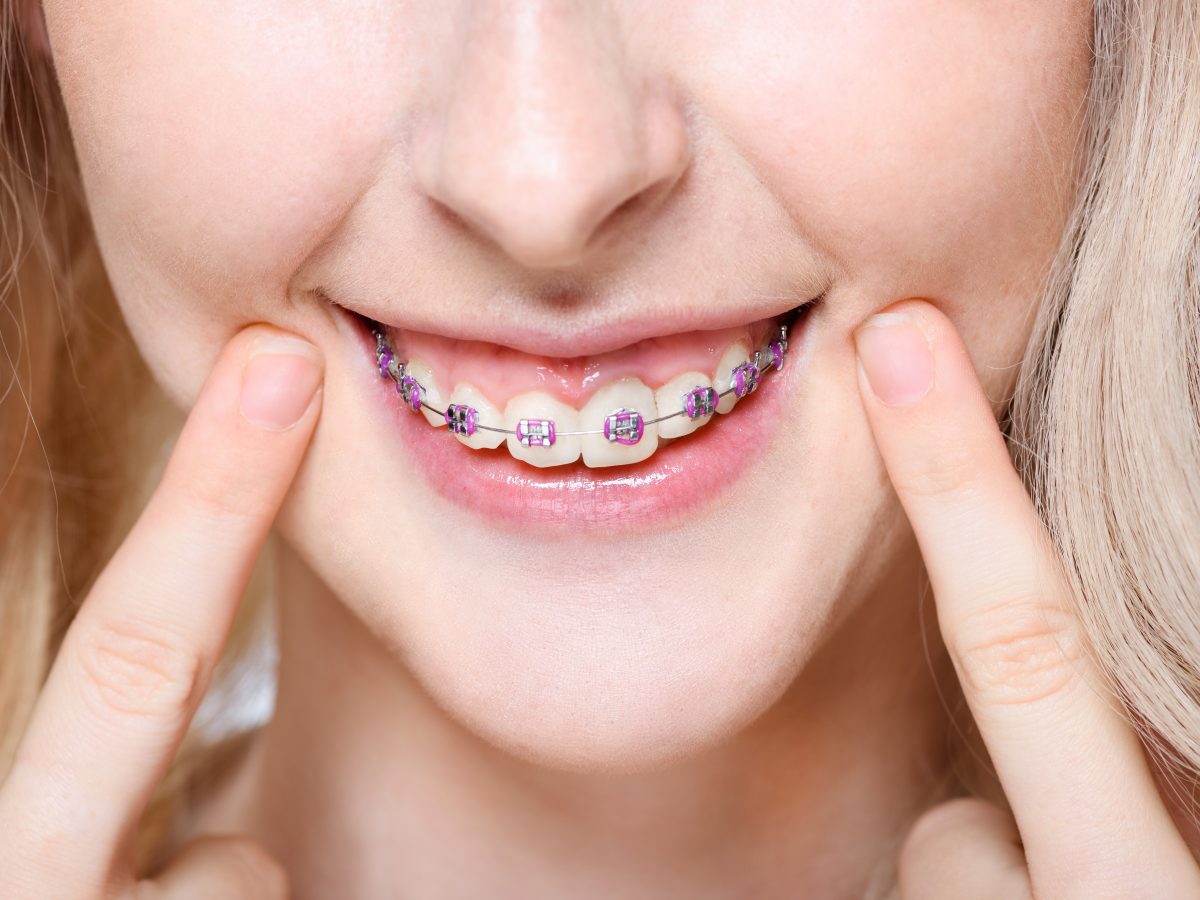Expert Cumming Braces and Aligners: What to Know Before You Go to
Expert Cumming Braces and Aligners: What to Know Before You Go to
Blog Article
Comprehensive Overview to Orthodontics Treatments for Correcting Dental Imbalances
Comprehending the ins and outs of each procedure, including their systems, benefits, and potential drawbacks, is critical in making educated decisions concerning one's orthodontic treatment. As we navigate through the detailed overview to orthodontic treatments for remedying oral misalignments, the complex information of each method will certainly unfold, dropping light on the course toward a unified and practical dental placement.
Orthodontic Procedures Introduction

In enhancement to conventional dental braces and clear aligners, orthodontists may additionally recommend various other interventions like headgear, palatal expanders, or retainers to address certain placement problems (invisalign). These treatments are tailored per patient's unique needs and might involve a mix of treatments to accomplish the desired outcomes. Regular adjustments and monitoring are essential parts of orthodontic therapy to guarantee progression is on track and to make any type of essential adjustments along the road. By undergoing orthodontic treatments, patients can not only attain a straighter grin however also boost their overall dental health and wellness and feature.
Conventional Braces: Exactly How They Work
When considering orthodontic therapies for oral misalignments, typical braces stand apart as a reliable technique for correcting teeth placing. Conventional dental braces contain brackets, cables, and bands that work with each other to apply continual pressure on the teeth, progressively moving them right into the preferred placement. The brackets are affixed to the teeth utilizing an unique adhesive, and the cables are threaded via the brackets. By readjusting the tension of the cables, orthodontists can control the instructions and pressure put on each tooth, directing them right into proper positioning with time.
One secret aspect of just how typical braces job is the process of bone remodeling. As stress is applied to the teeth via the braces, the bone bordering the teeth is improved to support the brand-new tooth positions. This makeover is necessary for the long-term stability of the dealt with placement. People will certainly need regular modifications at the orthodontist's office to ensure the dental braces continue to apply the proper pressure for efficient teeth activity.
Undetectable Aligners: Disadvantages and pros
These clear, customized trays are essentially undetectable when put on, making them an enticing alternative for people looking for an extra cosmetically pleasing orthodontic therapy. People can get rid of the aligners prior to consuming or brushing their teeth, decreasing the danger of food getting stuck in the appliance and simplifying the cleansing procedure.

Surgical Orthodontic Options
Surgical treatments in orthodontics existing practical options for addressing intricate dental misalignments that might not be efficiently dealt with check this site out via standard orthodontic treatments. While traditional dental braces and unnoticeable aligners can deal with lots of orthodontic issues, specific cases call for surgical treatment to achieve optimum results. Surgical orthodontic choices are generally advised for severe malocclusions, substantial jaw discrepancies, and instances where the underlying bone structure needs alteration to achieve appropriate alignment.
One typical medical orthodontic treatment is orthognathic surgery, which involves rearranging the jaws to fix functional problems such as problem chewing or talking. This surgery is commonly performed in cooperation with an orthodontist who helps straighten the teeth before and after the procedure. Surgical orthodontics may additionally include procedures to subject impacted teeth, get rid of excess gum cells, or reshape the jawbone to develop a much more unified facial account.
Before considering medical orthodontic options, individuals undergo a thorough assessment to determine the requirement and possible benefits of such treatments. aligners. While surgical procedure may Visit This Link appear challenging, it can dramatically improve both the feature and visual appeals of the smile in situations where standard orthodontic treatments drop short
Retainers and Post-Treatment Treatment

Post-treatment treatment entails following the orthodontist's instructions carefully. This might consist of proper oral hygiene methods, going to follow-up consultations, and putting list of dentist near me on the retainers as prescribed. Failure to conform with post-treatment care directions can cause regression, where the teeth progressively relocate back towards their original positions. Consistent retainer wear, good oral hygiene, and regular dental check-ups are vital for preserving the outcomes accomplished via orthodontic surgical procedure and making sure the lasting security of the fixed oral alignment.
Conclusion
To conclude, orthodontic treatments use different options for correcting oral imbalances. Conventional braces make use of steel brackets and cords to change teeth into proper placement. Undetectable aligners offer a more very discreet option but might not appropriate for all cases. Surgical orthodontic alternatives are offered for more serious misalignments. Retainers are generally utilized post-treatment to maintain the brand-new positioning. Overall, orthodontic treatments can effectively boost dental wellness and aesthetic look.
As we navigate via the extensive overview to orthodontic procedures for remedying dental misalignments, the detailed details of each approach will certainly unfold, dropping light on the course toward a unified and useful oral alignment. - orthodontics
One of the most typical orthodontic therapies is the usage of braces, which consist of steel braces and wires that apply gentle stress to progressively shift teeth into the preferred setting.When taking into consideration orthodontic treatments for dental misalignments, standard dental braces stand out as a reliable method for fixing teeth positioning. Furthermore, unseen aligners might not be ideal for complex orthodontic issues that need more considerable teeth motion, as they are normally advised for light to moderate cases. Retainers are tailor-made orthodontic tools made to hold teeth in their fixed settings after the conclusion of orthodontic treatment.
Report this page